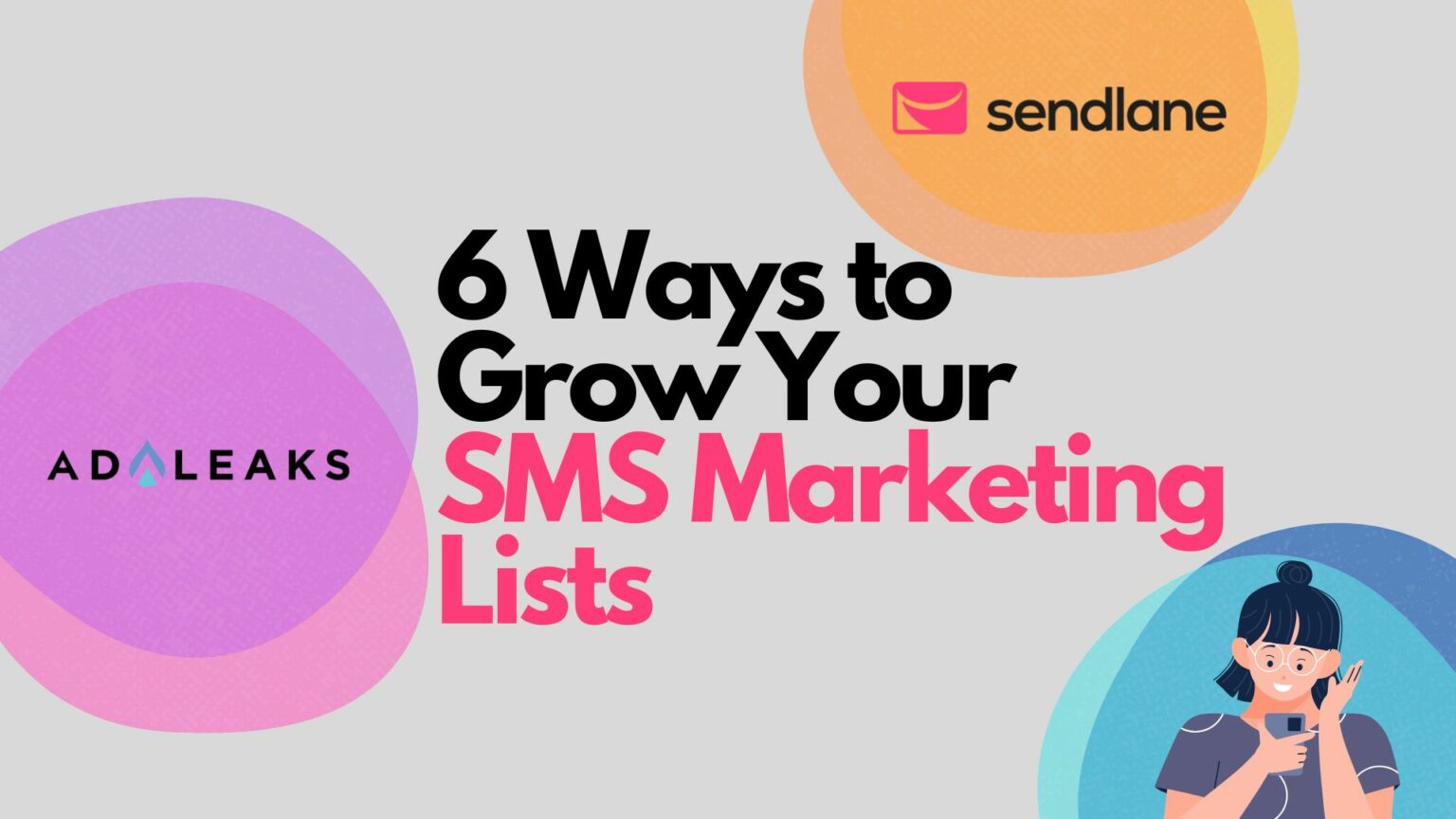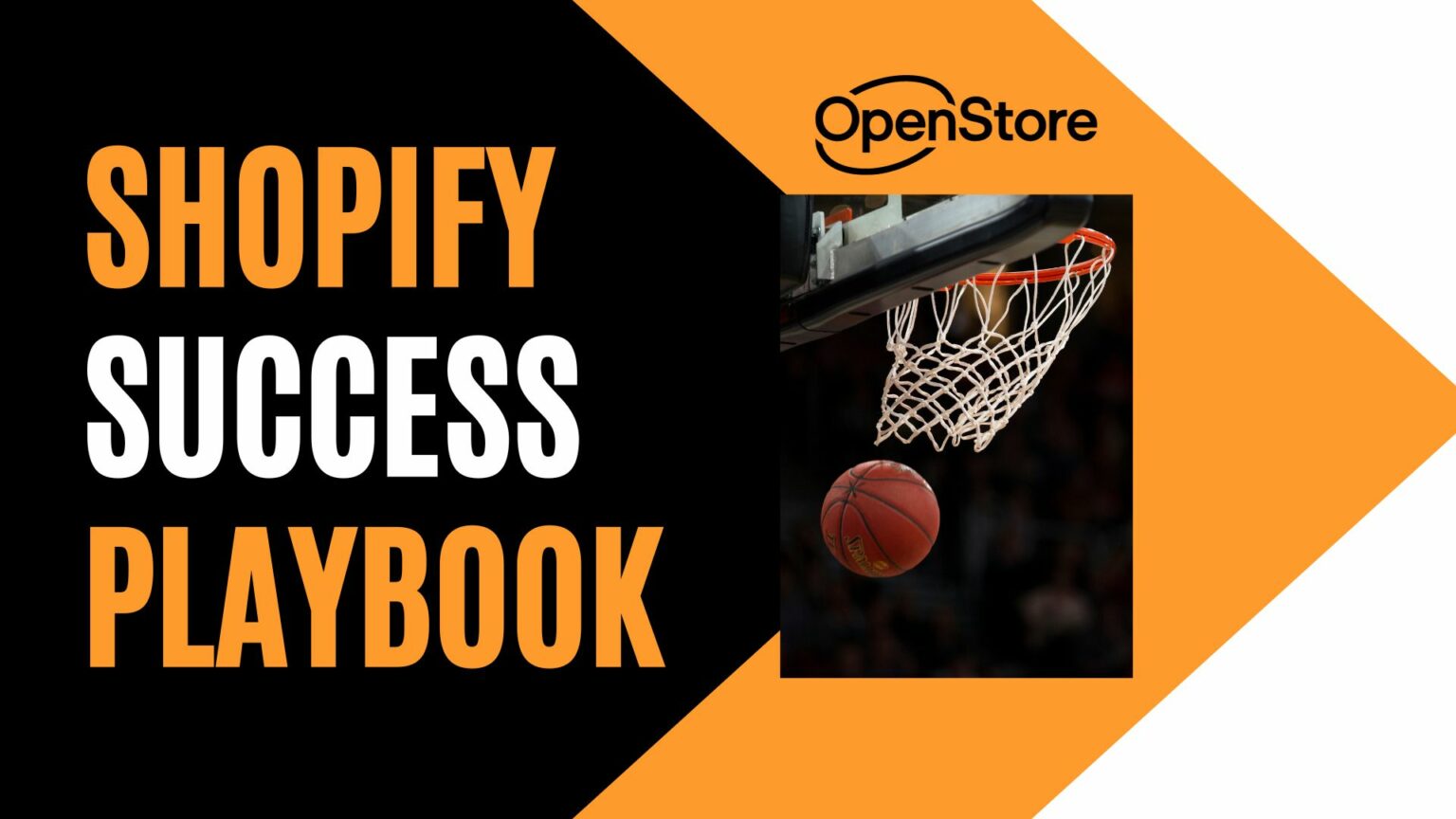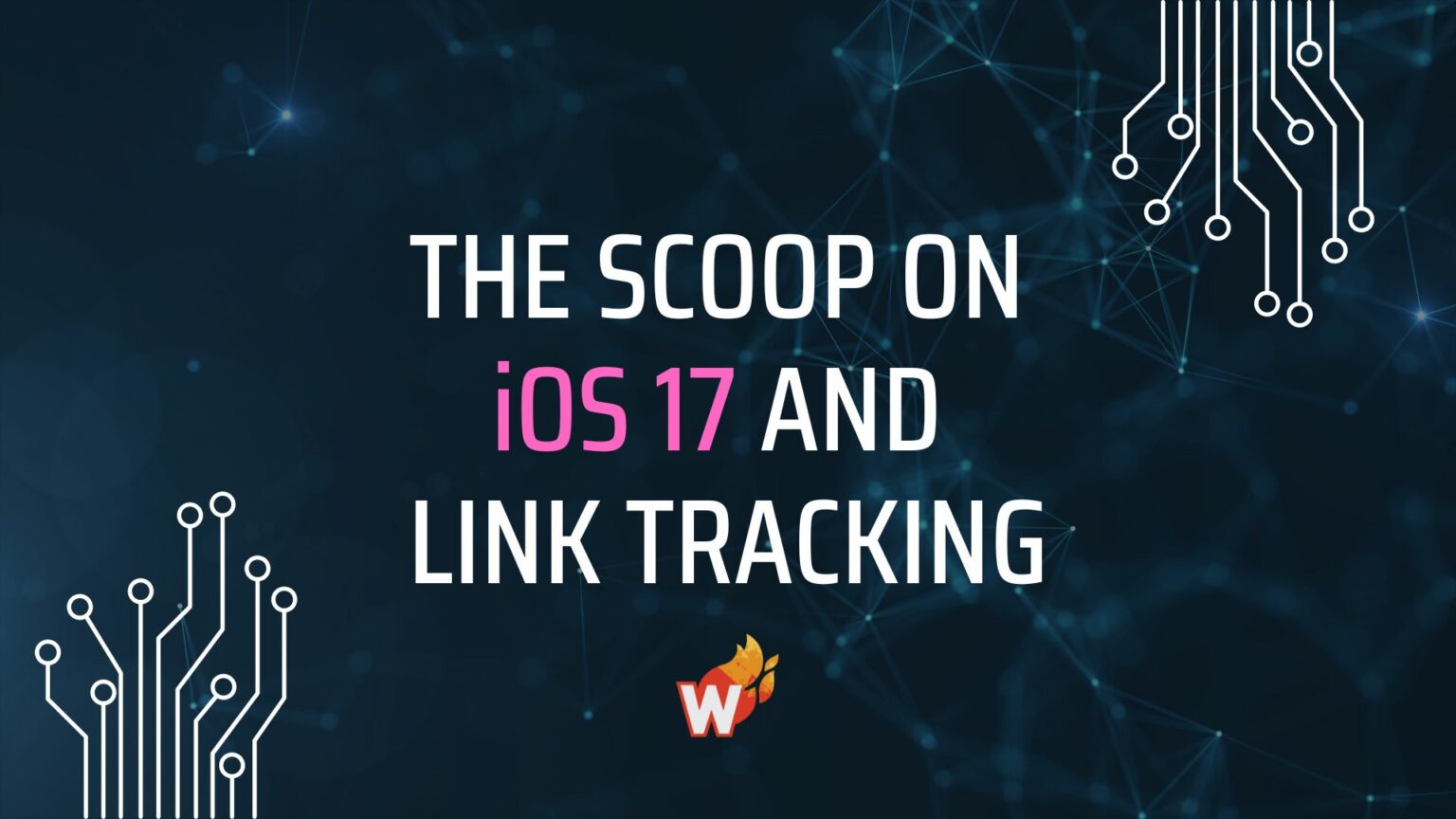
3 Ways to Modernize Your SMS and Email Marketing


How can brands that use SMS and email marketing maximize results with modern data collection?
Two leading brand builders shared their answers to this question at The Whalies, a marketing event by AdLeaks partner Triple Whale earlier this month. Sendlane Founder & CIO Jimmy Kim and Obvi Founder & CEO Ronak Shah shared three secrets for DTC growth through email and SMS in 2024.
1. Leverage Contextual Data
Paid media is constantly changing based on what the data says. Email flows bring in a lot of data too, but most email marketers don’t leverage that data as actively as ad buyers do.
What makes this oversight even more noticeable is that email marketers have access to a more important signal than most advertisers – contextual data.
Contextual data is relevant information the consumer provides that provides a better understanding of that consumer. This is the most important signal that email marketers largely ignore. Examples include:
- Behaviors, such as opens or clicks
- Website visit(s)
- Cart abandonment
- Purchases
Using contextual data allows you to build unique triggers into your emails and SMS so that you can respond to user intent with targeted campaigns, rather than broad campaigns that recycle top-of-funnel audiences and hope for a hit.
Retargeting someone who clicked on a men’s category with a limited-time SMS discount on menswear, for example, allows you to leverage that contextual click and capture more purchases than the typical campaign.

2. Ask Your Audience to Tell You What They Want
Your audience will tell you how they want to be sold to.
You can get a deeper understanding of your audience by sending emails that offer a greater variety of open-ended options. By understanding what users want and giving them a pathway to that, you can serve your audience more effectively.
In this example, each link included a segment tag that leveraged audience responses as a basis for remarketing, and presented more opportunities to confirm and validate the initial information:

Tagged results and follow-up questions can give you insights into audience pain points and expectations that will allow you to customize your messaging and speak directly to what your audience wants from your brand.
Changing your messaging to match user intent — and continuing to iterate and refine that messaging with content creators and AI tools — can generate benefits that include higher AOV, increased engagement, and greater customer lifetime value.
3. Control Your Audiences
Instead of looking at email and SMS as separate channels with separate audiences, forward-thinking marketers are using both to drive customer retention, which is a strategic mindset shift that drives more value over time.
By segmenting your audience into prospects, customers, and repeat customers, you can tighten your prospecting windows based on opt-in dates and behavioral data. Each segment should have its own goals and specific messaging.
Generally, marketers also spend too much time focusing on prospects at the expense of one-time and repeat buyers. Targeting the latter categories is a more effective way to grow your brand, and segmenting out your prospects also makes it easier to protect against deliverability issues.
Finally, it’s essential to control your audiences by unifying your tech stack. Tracking all of your customer messaging and content from a single source makes it easier to protect your customer experience and learn where your customers like to buy from.
Unifying your stack also prevents over-messaging, clarifies your attribution, and creates new opportunities to evolve your tactics based on tracking customer behaviors.
Unify your stack and get better data across platforms with Triple Whale! Learn more about how Triple Whale can help your brand here.





